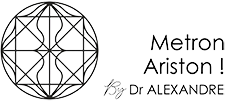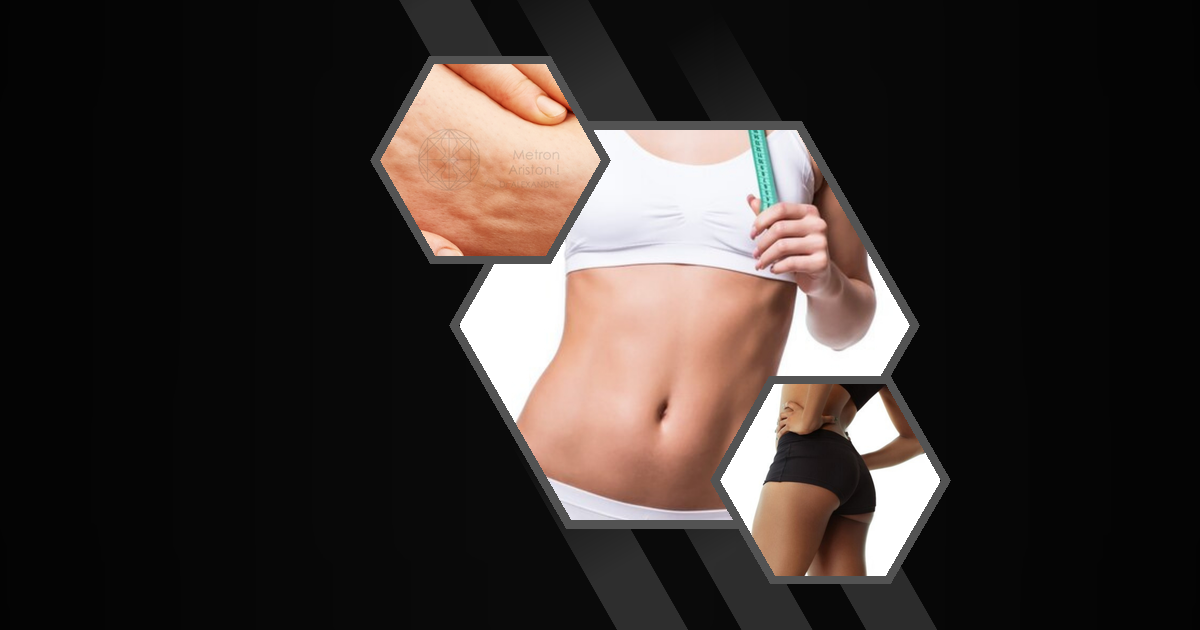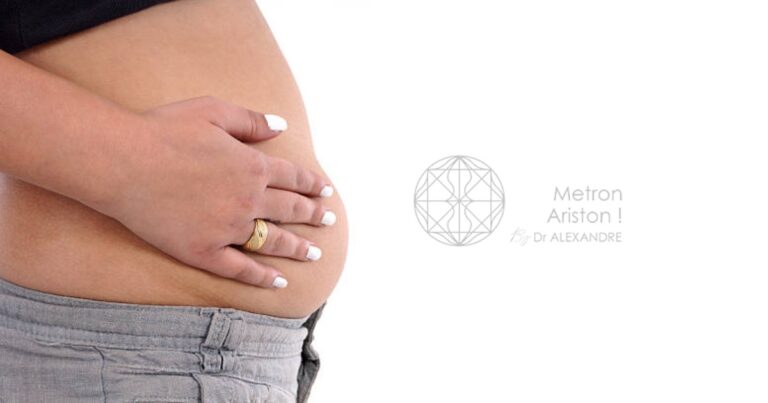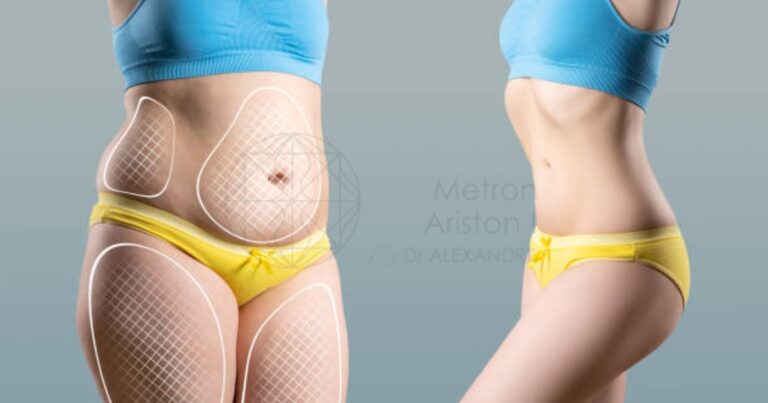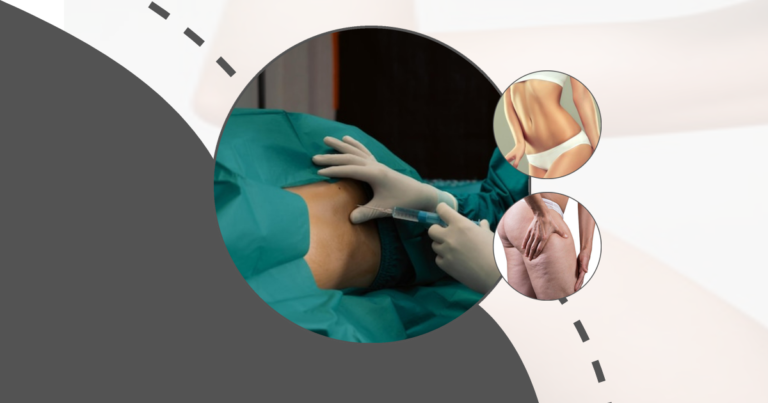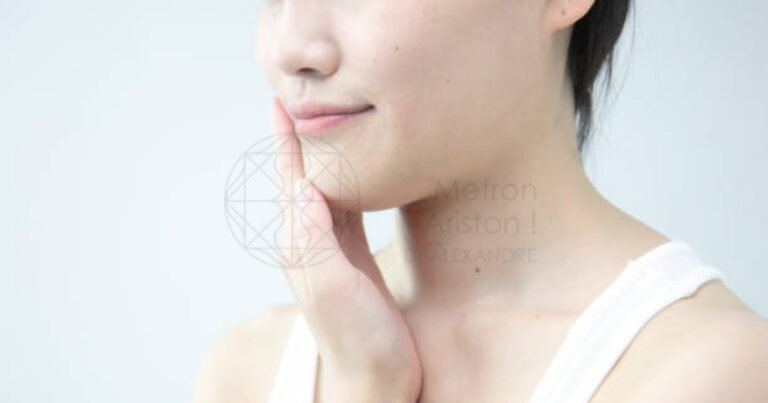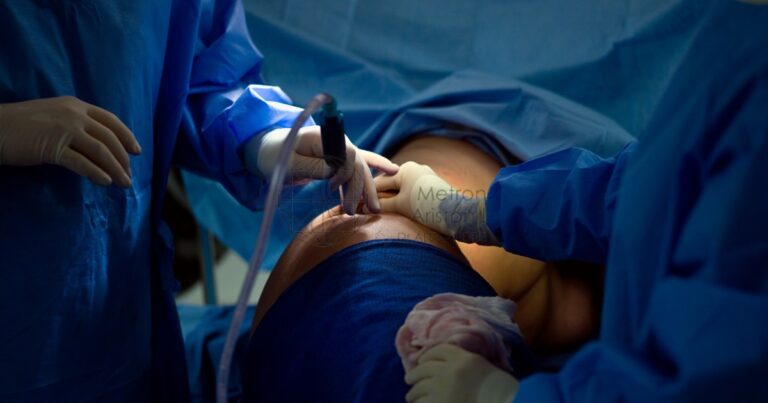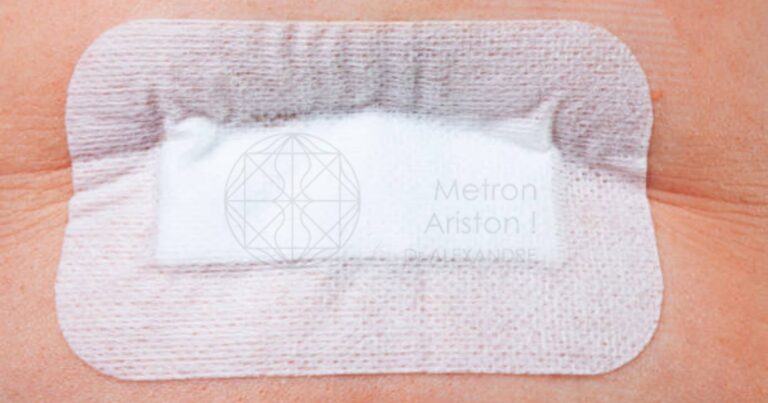Can Liposuction Fix PAH?
Paradoxical Adipose Hyperplasia (PAH) is a rare but concerning side effect of CoolSculpting, a popular non-invasive fat reduction treatment. This condition results in the unexpected growth of fatty tissue in the treated area, leading to a noticeable bulge. Many individuals experiencing PAH wonder if liposuction can effectively address this issue. In this article, we will explore the potential of liposuction as a treatment for PAH, its effectiveness, and other available options.
Can Liposuction Fix PAH After CoolSculpting?
What is Paradoxical Adipose Hyperplasia (PAH)?
Paradoxical Adipose Hyperplasia is a condition where, instead of reducing fat, the treated area becomes larger and firmer. This occurs due to an increase in the number of fat cells, which is contrary to the expected outcome of fat reduction treatments like CoolSculpting. PAH is not only unexpected but can also be distressing for patients seeking a slimmer appearance.
Prevalence of PAH Post-CoolSculpting
While PAH is rare, it is a documented side effect of CoolSculpting. Studies suggest that the incidence rate is approximately 0.0051% to 0.39%. Although these numbers are low, the impact on affected individuals can be significant, leading them to seek corrective measures.
- PAH is a rare side effect of CoolSculpting.
- Incidence rates range from 0.0051% to 0.39%.
- Affected individuals often seek corrective treatments.
Liposuction as a Treatment for PAH
Liposuction is a surgical procedure that removes excess fat deposits, making it a potential solution for PAH. By physically extracting the enlarged fat cells, liposuction can help restore the desired contour of the treated area. However, the success of this treatment depends on various factors, including the skill of the surgeon and the extent of PAH.
- Liposuction removes excess fat deposits.
- It can restore the desired contour.
- Success depends on the surgeon’s skill and PAH extent.
Liposuction Effectiveness in Treating Paradoxical Adipose Hyperplasia
Benefits of Liposuction for PAH Correction
Liposuction offers several benefits for individuals with PAH. It provides a targeted approach to fat removal, allowing for precise contouring of the affected area. Additionally, liposuction results are immediate, offering a quick solution for those seeking to correct PAH.
- Targeted fat removal for precise contouring.
- Immediate results for quick correction.
- Effective for restoring the desired appearance.
Success Rates of Liposuction for PAH
The success of liposuction in treating PAH varies, but many patients report satisfactory outcomes. Studies indicate that liposuction can effectively reduce the appearance of PAH, with success rates ranging from 70% to 90%. However, individual results may vary based on factors such as the severity of PAH and the surgeon’s expertise.
- Success rates range from 70% to 90%.
- Effectively reduces PAH appearance.
- Results vary based on severity and surgeon expertise.
Liposuction vs Other PAH Treatment Options
VASER Liposuction for PAH
VASER liposuction is an advanced technique that uses ultrasound technology to break down fat cells before removal. This method is less invasive and can result in smoother contours, making it a viable option for PAH correction. VASER liposuction may offer advantages over traditional methods, particularly in terms of recovery time and precision.
- Uses ultrasound technology for fat breakdown.
- Less invasive with smoother contour results.
- Offers advantages in recovery and precision.
Traditional Liposuction vs VASER for PAH Correction
When comparing traditional liposuction to VASER, both have their merits. Traditional liposuction is well-established and effective, while VASER offers enhanced precision and potentially quicker recovery. The choice between the two depends on individual needs and the surgeon’s recommendation.
|
Feature |
Traditional Liposuction |
VASER Liposuction |
|
Invasiveness |
More invasive |
Less invasive |
|
Precision |
Standard |
Enhanced |
|
Recovery Time |
Longer |
Shorter |
|
Contour Smoothness |
Standard |
Smoother |
Choosing a Surgeon for PAH Liposuction Treatment
Qualifications to Look For
Selecting a qualified surgeon is crucial for successful PAH treatment. Look for board-certified plastic surgeons with experience in liposuction and PAH correction. Reviewing patient testimonials and before-and-after photos can also provide insight into the surgeon’s expertise.
- Choose board-certified plastic surgeons.
- Look for experience in liposuction and PAH correction.
- Review patient testimonials and photos.
Questions to Ask Your Surgeon
Before undergoing liposuction for PAH, it’s important to ask your surgeon key questions. Inquire about their experience with PAH cases, the expected outcomes, and the recovery process. Understanding these aspects can help set realistic expectations and ensure a smooth treatment journey.
- Ask about experience with PAH cases.
- Inquire about expected outcomes and recovery.
- Ensure realistic expectations and smooth treatment.
Understanding the PAH Treatment Process with Liposuction
Pre-Treatment Evaluation
Before undergoing liposuction for PAH, a thorough pre-treatment evaluation is necessary. This involves assessing the extent of PAH, discussing medical history, and setting realistic expectations. The evaluation helps tailor the treatment plan to the patient’s specific needs.
- Assess the extent of PAH and medical history.
- Set realistic expectations for treatment.
- Tailor treatment plan to individual needs.
The Liposuction Procedure for PAH
The liposuction procedure for PAH involves making small incisions and using a cannula to remove excess fat. The surgeon carefully contours the area to achieve a natural appearance. The procedure is typically performed under local or general anesthesia, depending on the case.
- Small incisions and cannula are used for fat removal.
- The surgeon contours the area for a natural appearance.
- Performed under local or general anesthesia.
Post-Treatment Care and Results
Post-treatment care is crucial for optimal results after liposuction. Patients should follow their surgeon’s instructions, which may include wearing compression garments and avoiding strenuous activities. Results are typically visible within a few weeks, with continued improvement over time.
- Follow the surgeon’s post-treatment instructions.
- Wear compression garments and avoid strenuous activities.
- Results were visible within weeks, with continued improvement.
Cost Considerations for PAH Liposuction Treatment
Factors Affecting the Cost
The cost of liposuction for PAH varies based on several factors, including the surgeon’s experience, the complexity of the procedure, and geographic location. Additional costs may include anesthesia fees and post-operative care. Patients should discuss these factors with their surgeon to understand the overall cost.
- Surgeon experience and procedure complexity affect cost.
- Geographic location influences pricing.
- Discuss anesthesia and post-operative care fees.
Insurance Coverage for PAH Treatment
Insurance coverage for PAH treatment is typically limited, as it is often considered a cosmetic procedure. However, some insurance plans may cover a portion of the cost if PAH results in significant physical discomfort or health issues. Patients should check with their insurance provider for specific coverage details.
- Insurance coverage for PAH is often limited.
- Some plans may cover costs for health-related issues.
- Check with the insurance provider for coverage details.
Preventing PAH After Fat Reduction Treatments
Alternative Non-Invasive Fat Reduction Methods
To prevent PAH, individuals may consider alternative non-invasive fat reduction methods. Options such as laser lipolysis and radiofrequency treatments offer fat reduction without the risk of PAH. Consulting with a qualified practitioner can help determine the best approach.
- Consider laser lipolysis and radiofrequency treatments.
- Non-invasive options reduce PAH risk.
- Consult with qualified practitioners for the best approach.
Importance of Choosing Experienced Practitioners
Choosing experienced practitioners for fat reduction treatments is crucial in minimizing the risk of PAH. Experienced professionals are more likely to follow best practices and provide safe, effective treatments. Researching and selecting a reputable provider can help ensure a positive outcome. Liposuction targets stubborn fat deposits that won’t go away with diet and exercise It helps remove excess fat from specific areas of the body to improve shape and contour FUPA liposuction effective removes extra fat from the lower belly area It helps people get a flatter tummy and feel more confident about their appearance
Lipo defines muscles is a special way to make muscles look more visible It removes fat around muscles to show their shape better Liposuction improves sensitivity by removing excess fat from specific areas of the body This can lead to increased feeling and touch in those areas after the procedure
Liposuction hips inefficient may not remove all unwanted fat Some people find the results of hip liposuction disappointing Liposuction affects glycemia by removing fat cells from the body which can change how the body processes sugar This change in fat tissue can impact insulin sensitivity and blood sugar levels
Diabetes liposuction effects Liposuction ineffective cellulite Chin lipo hydration helps keep your skin smooth after fat removal It involves special treatments to add moisture to your chin area
Emirati fat removal helps people in the UAE get rid of extra body fat Doctors use special methods to make patients look slimmer and feel healthier Liposuction scarring minimal means the surgery leaves very small marks on your skin These tiny scars are hard to see and often fade away over time after
- Experienced practitioners minimize PAH risk.
- Follow best practices for safe treatments.
- Research and select reputable providers.
Latest Advancements in PAH Treatment
Emerging Technologies
Emerging technologies in PAH treatment offer new possibilities for correction. Innovations such as cryolipolysis advancements and improved liposuction techniques are being explored. These technologies aim to enhance treatment outcomes and reduce the risk of complications.
- Cryolipolysis advancements and improved techniques.
- Aim to enhance outcomes and reduce complications.
- Explore new possibilities for PAH correction.
Ongoing Research and Clinical Trials
Ongoing research and clinical trials are crucial for understanding and improving PAH treatment. Studies focus on identifying risk factors, refining treatment methods, and developing new solutions. Staying informed about the latest research can help patients make informed decisions about their treatment options.
- Research focuses on risk factors and treatment methods.
- Clinical trials develop new solutions for PAH.
- Stay informed about the latest research for informed decisions.
FAQ’s
What is the best treatment for paradoxical adipose hyperplasia?
The best treatment for paradoxical adipose hyperplasia often involves liposuction, as it directly removes the excess fat cells. However, the choice of treatment may vary based on individual circumstances and the severity of PAH. Consulting with a qualified surgeon is essential to determine the most suitable approach.
How long does it take for PAH to develop after CoolSculpting?
PAH typically develops several weeks to months after undergoing CoolSculpting. Patients may notice a gradual increase in the size of the treated area, which can be distressing. Early detection and consultation with a healthcare professional are crucial for addressing PAH effectively.
Can liposuction fix PAH completely?
Liposuction can significantly reduce the appearance of PAH, but complete correction may not always be possible. The success of the procedure depends on various factors, including the extent of PAH and the surgeon’s expertise. Patients should discuss their expectations with their surgeon to understand potential outcomes.
Is PAH permanent if left untreated?
If left untreated, PAH can be a permanent condition, as the enlarged fat cells do not naturally reduce in size. Seeking treatment, such as liposuction, can help address the issue and restore the desired contour. Early intervention is recommended to achieve the best results.

